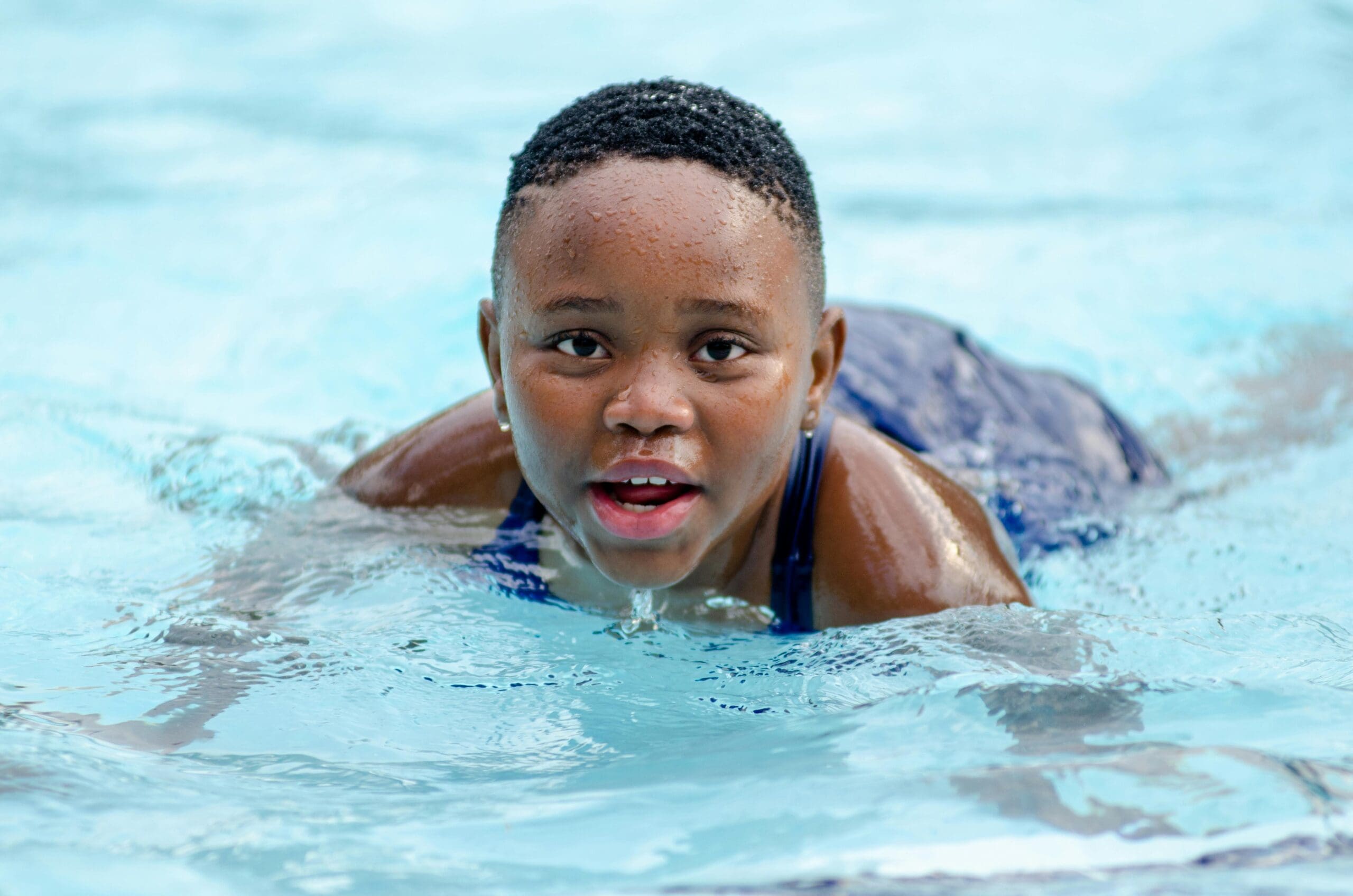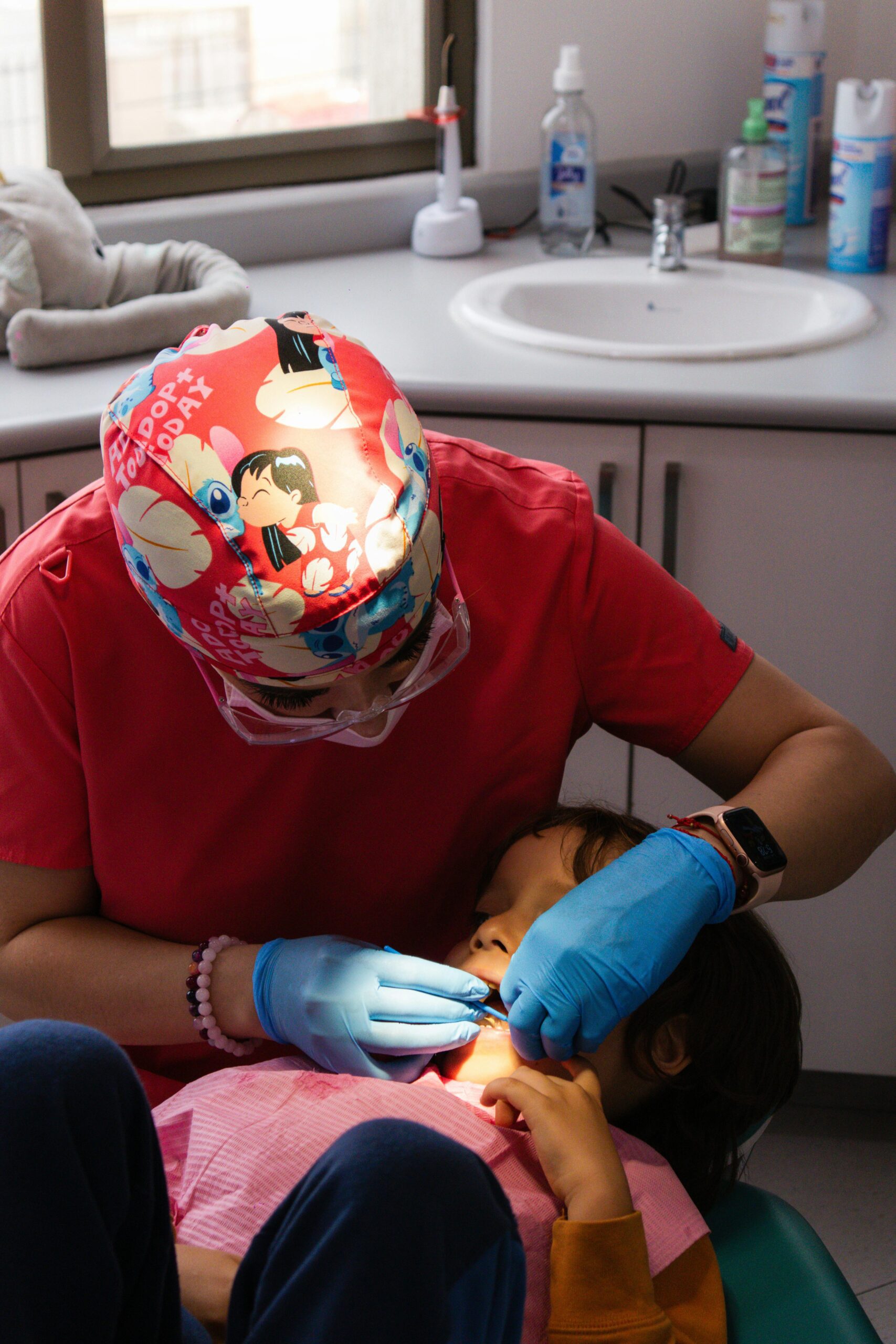During the pandemic, young children missed a lot, including opportunities to learn about water safety.
This photo is just a generic photo.
Photo by Steward Masweneng / Pexels
INGHAM COUNTY – On Monday, June 17, 2024, at 7:30 p.m. Ingham County Sheriff’s Deputies responded to the 2900 block of E. Grand River Avenue in Leroy Twp. for a drowning incident. A 5-year-old boy was located in a pool by his family. First responders began CPR and the boy was transported to a local hospital by ambulance where he later died. The child’s name is being withheld at this time.
Information on Pool Safety for Children:
We might be heading toward the end of summer, but the weather is still warm and swimming pools remain a great place for family fun in the sun. It is important for all adults, parents, and caregivers to know how to keep kids safe around water.
Unfortunately, drowning is the leading cause of unintentional death in children ages one to four years, and according to the U.S. Consumer Product Safety Commission (CPSC) Pool Safely campaign, an average of 379 children drown in pools and spas each year. It is vital for anyone caring for children to know what they can do to help prevent drowning incidents. To ensure everyone remains safe around the water, the CPSC Pool Safely campaign recommends these critical safety tips from for all parents and caregivers to follow all year long to save lives.
- Never leave a child unattended in or near water. Designate an official “Water Watcher.” This should be an adult tasked with supervising children in the water and it should be their only task. The Water Watcher should not be reading, texting, or playing games on their phone. Even if a lifeguard is present, parents and caregivers should still take the responsibility of being a designated Water Watcher. When any lifeguard chair is empty, the remaining lifeguards may not be able to see the entire pool and when lifeguards are seated in low chairs, their view can be blocked by patrons in the pool. If a child is missing, check the pool first.
- Teach children how to swim. Swimming is not only fun, but also a lifesaving skill. Enroll your children in swimming lessons—there may be many free or reduced-cost options available from your local park service or community non-profits.
- Teach children to stay away from drains. Do not play or swim near drains or suction outlets, especially in spas and shallow pools, and never enter a pool or spa that has a loose, broken, or missing drain cover. Children’s hair, limbs, jewelry, and bathing suits can get stuck in a drain or suction opening. When using a spa, be sure to locate the emergency vacuum shutoff before getting in the water.
- Install proper barriers, covers, and alarms on and around your pool and spa. Proper fences, barriers, alarms, and covers can be lifesaving devices. A fence with a self-closing, self-latching gate that is at least four feet in height should surround the pool or spa on all sides. Teach children to never try to climb over the gate or fence. Install a door alarm from the house to the pool area, and keep pool and spa covers in working order.
- Know how to perform CPR on children and adults. Often, bystanders are the first to aid a drowning victim, so learning CPR can help save a life. And once you are CPR certified, make sure to keep your certification current. CPR classes are available through many hospitals, community centers, or by contacting the American Red Cross.
For additional resources and information on pool safety, visit the CPSC Pool Safely website.




